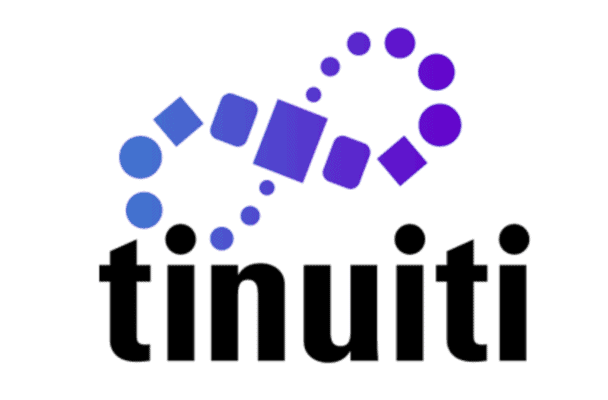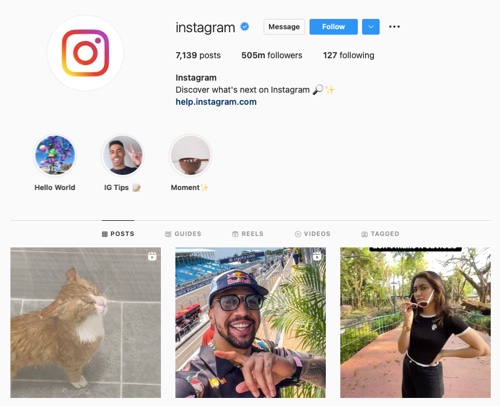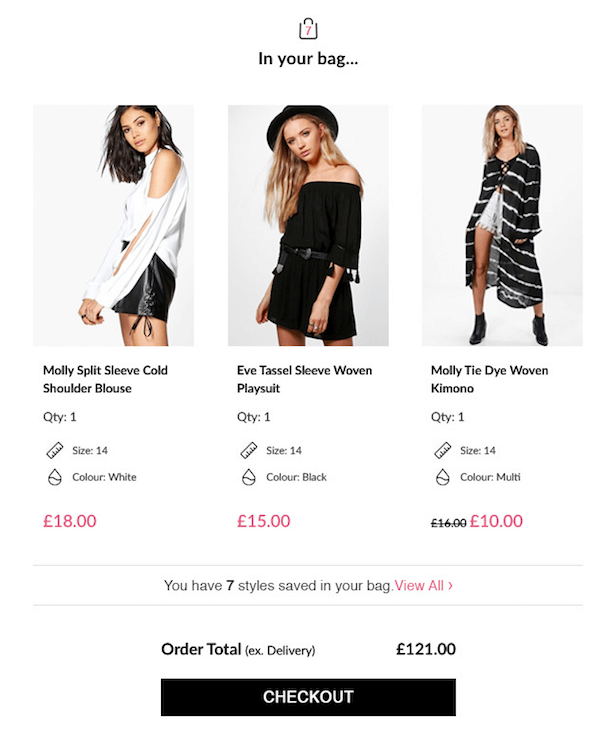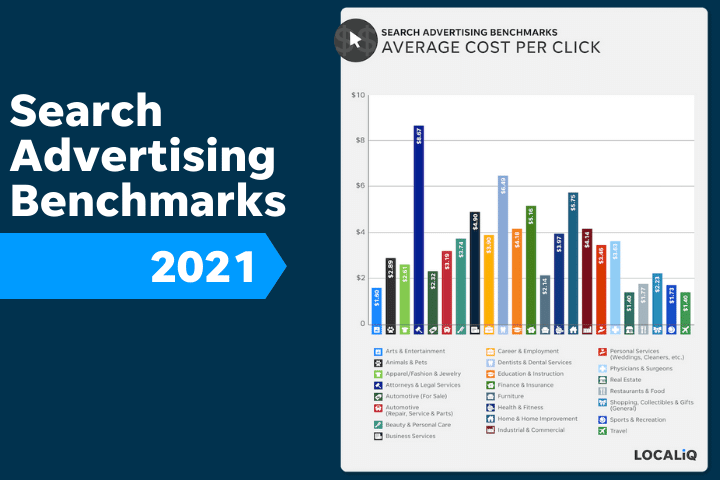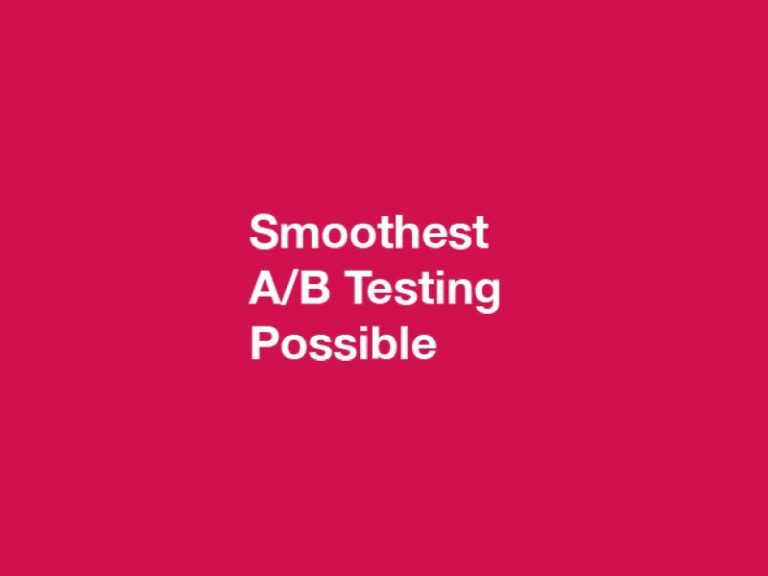1. Align on your influencer marketing goals first
How to Measure Your Influencer Marketing ROI
Influencer marketing has become a cost-effective way for brands to send an organic message to their target audience. Over the past few years, influencer marketing has evolved dramatically and while this tool is great for building brand awareness, it also has the power to push consumers through the funnel. In fact, 61% of consumers trust influencer recommendations, and 88% of consumers have been inspired to purchase based on what they saw from an influencer.
Asking the right questions is a critical part of measuring your success so you can avoid wasting valuable time, resources, and budget in the future. Keep in mind that these questions can be asked throughout the entirety of your campaign, not just at the final stages. It’s important to keep tabs on both your content and influencers during each phase of promotion so you can adjust your strategy accordingly if necessary.
As we briefly discussed, our approach to influencer marketing at Tinuiti allows for influencer content to live across marketing tactics, to maximize distribution and investment. Our proprietary tech stack helps us do all influencer research, vetting, contracting, and measurement internally. Influencer marketing is a mix of art + science, and this tech stack allows decisions to be made based on data, metrics, and historical performance… all important points we’ve highlighted in this article.
While measuring the success of your influencer marketing campaigns can be intimidating at first, it doesn’t have to be difficult. In fact, it can be broken down into a few simple steps.
It might sound simple, but before you go live with your next influencer marketing campaign, you need to set your overall goals at the start. What are you looking to achieve? Awareness, impressions, engagement, conversions? There are a variety of metrics you can track that we’ll cover below, but which one is the most important to your specific campaign? The more granular your goal, the better.
“Not all metrics are the same; our team considers different performance indicators for organic Influencer content versus Influencer content backed with paid amplification. This information also provides us direction when crafting future Influencer creative in both environments, because we know what was successful in the past – this ongoing measurement and analysis should allow brands to continue to understand what works (and execute on this information), completely backed by data.”
2. Establish the necessary KPIs to track your success
What KPIs can you track?
In this article, we’ll share tips on how to measure the ROI of your influencer marketing campaigns, with insight from our experts covering techniques, best practices, and so much more.
3. Use both your goals and KPIs to measure your influencer marketing performance
Once you’ve set your campaign goals, now it’s time to set your KPIs. During this stage, your priority is to establish metrics for measuring the performance of your campaign. This means identifying your metrics for tracking these objectives.
Many marketers fail to see this multidimensional value, instead solely focusing on the immediate sales after a campaign has concluded. This is wrong for several reasons:
- Cost per 1000 impressions (CPM)
- Cost per engagement (CPE)
- Conversion rate (CR)
- Average cost of sale (ACOS)
- Return on ad spend (ROAS)
- Cost of net new traffic to website
“We need to have a strong understanding and foundation of what we are trying to achieve and a plan for the influencer’s content before we do anything.”
It’s crucial to remember that aligning on your brand’s goals and objectives from the beginning will help determine what KPIs you should be measuring in the future as well as what types of influencers you should be partnering with to maximize ROI. For example, partnering with a celebrity influencer when you’re trying to reach a localized, niche audience might not be the best use of your marketing dollars and will without a doubt impact your overall ROI.
I’ve concluded my campaign — now what?
It’s important to note that different KPIs should be used for different goals and there’s no one size fits all approach. While diving into the hard numbers is a crucial part of measuring ROI, Duncan also emphasizes why looking at “softer” success metrics, like the working relationship with a specific influencer, also matters…
- Did I achieve my intended goal/objective?
- What worked — and what didn’t?
- What can I adjust to improve future performance?
– Hope Herline, Strategist, Influencer Marketing at Tinuiti
Editor’s Note: This post was originally published by Greg Swan in July 2018 and has been updated for freshness, accuracy, and comprehensiveness.
“Many brands don’t approach influencer marketing with a broad view of value. There’s the value of reaching a new audience, traffic from the influencer’s content, the creative, and the transactions you receive as a result of the campaign. The value is multi-dimensional which can complicate a brand’s ability to measure ROI.”
Are you interested in adding influencer marketing to your strategy this year? If so, we’d love to help. Contact us today to connect with Tinuti’s influencer marketing experts to build your brand’s future influencer plans.
At Tinuiti, we review influencer content performance at every stage from content creation to posting live to end results. This allows for a strategy where relationships can continue with top performers while replacing influencers that might not be as successful. This method encourages effective spends on both influencers and paid media, as we are reviewing metrics and success on an ongoing basis.
“Look at your campaign objective first. If your objective is awareness, then video views and impressions might be what we are focusing on. If we are looking for conversions, maybe we look at tapping into smaller influencers with a track record of sales success. At the end of the day, your goals will dictate what our KPIs are, who our influencers are, and what channels we are activating on.”
Why Measuring ROI of Influencer Marketing Is Difficult For Many Brands
– Crystal Duncan, SVP of Influencer Marketing at Tinuiti
There are a variety of “deeper” KPIs that you can use to gauge influencer campaign success which can include (but are not limited to):
To find the total value of your campaign’s engagement, you’ll need benchmarks to measure against. If you’re using social media as your main influencer distribution channel, keep in mind that every platform has an average cost per action (cost per like, share, retweet, follower, etc.). These benchmarks also vary by industry and size of Influencer following so use these average costs to find the total value of your campaign’s net completed actions.
– Crystal Duncan, SVP of Influencer Marketing at Tinuiti
The performance of influencers can be more difficult to define because marketers need to have a clear idea of what metrics they are working with.
- Sales aren’t the only indicator of success
- Consumers that see your product may not purchase within your campaign time-frame
- Brand awareness and brand sentiment build over time — not overnight
- The value of the quality creative you receive from Influencers saves time and money on traditional (expensive) photo and video shoots
Tinuiti Influencer Marketing Services
You can see more examples of KPIs in our post How to Engage and Win With Influencer Campaigns in 6 Simple Steps.
– Crystal Duncan, SVP of Influencer Marketing at Tinuiti
– Nii Ahene, Chief Strategy Officer at Tinuiti

